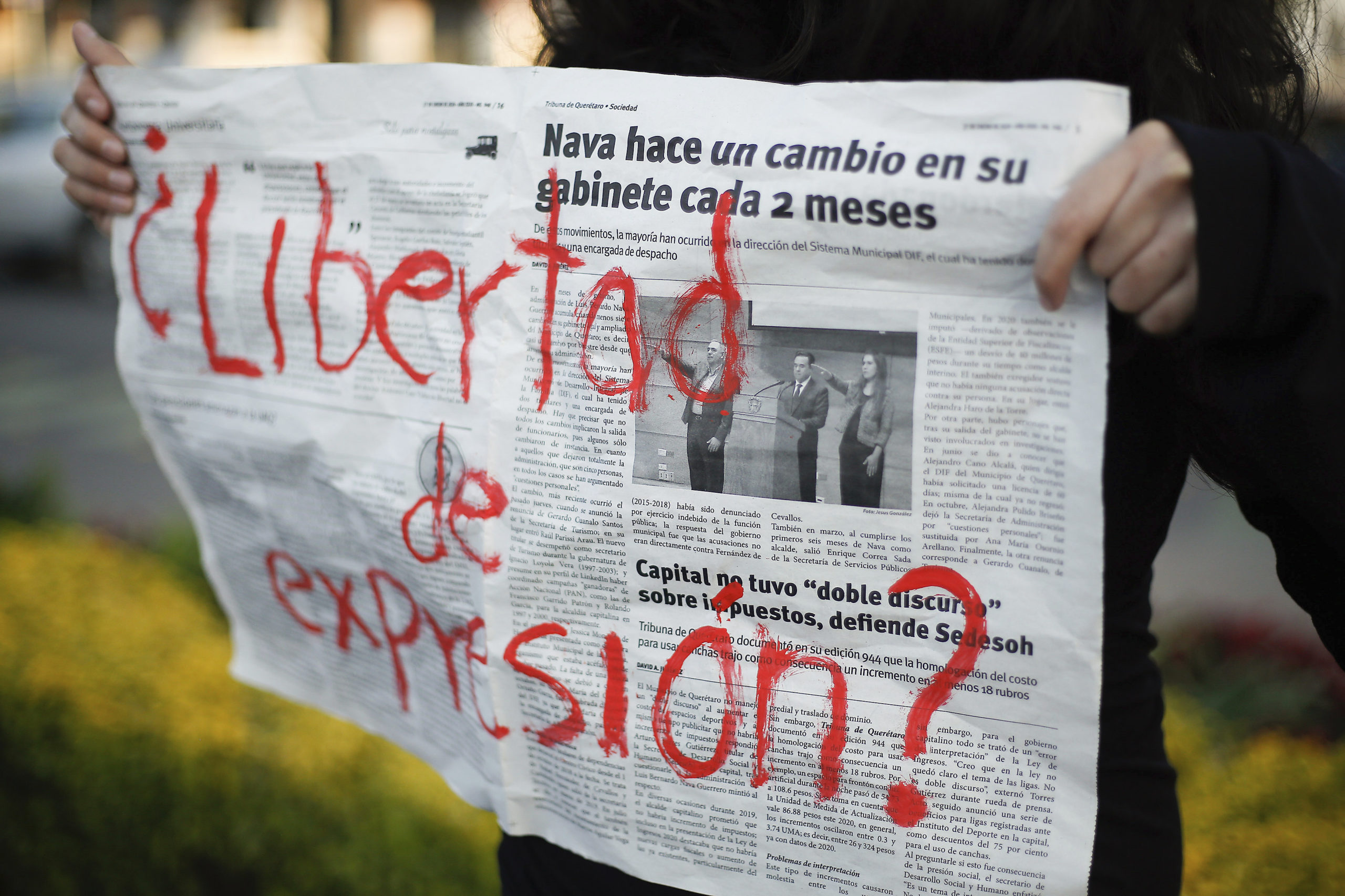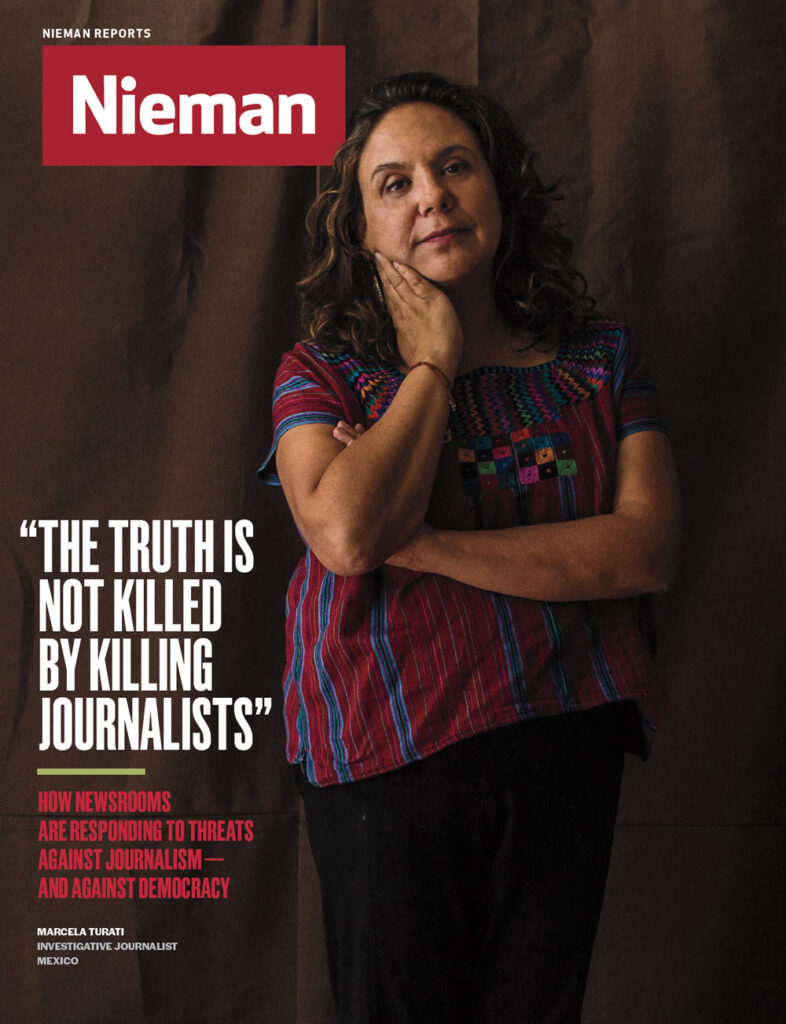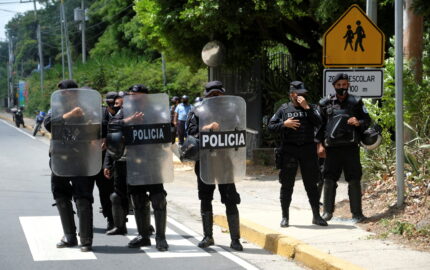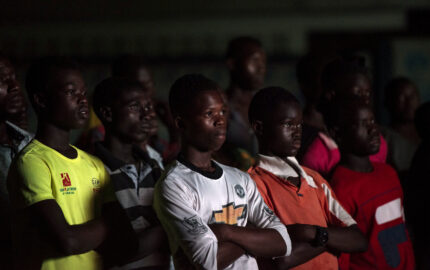When the history of Mexico’s transition to democracy is told, there is usually a celebration of the journalists and newspapers that fought to be independent and opened spaces for voices opposing the one-party rule the country had for much of the 20th century.
Newspapers like Reforma and La Jornada are touted, along with the magazine Proceso and its founder Julio Scherer García, and news radio icon José Gutiérrez Vivó. What these outlets and journalists have in common is that they are all based in Mexico City and are referred to as “the national media,” even though their markets seldom went beyond the capital in the pre-Internet days.
This history passes over scores of newspapers and journalists at the local level, in cities across the country that gave voice to opposition parties and dissident politicians in the 1970s and 1980s. They were a crucial force for kicking Mexico’s ruling party, the PRI, out of city halls and congressional districts, where the country’s transition to democracy began long before the PRI lost its majority in the federal Congress in 1997 and the presidency in 2000.
Those news organizations and journalists are now in peril. Criminal forces attack journalists with greater frequency, enjoying an impunity that empowers them to threaten, harass, or kill even more. Economic forces strike at their business models, further weakening them. Political forces seek to control them.
Mexico is having the worst streak of attacks against journalists in history. According to figures compiled by ARTICLE 19, a non-profit working on press freedom issues, in 2021 a journalist was attacked in Mexico every 14 hours, on average. Three years ago, it was an attack every 16 hours, and three years before that, every 22 hours. At least seven journalists have been killed in Mexico so far this year, the same number as the total killed in all of 2021.
READ MORE: Judges, Too, Can Be Enemies of the Press
There is a long tradition of independent local journalism in Mexico, expressed in the newspapers outside the capital city: El Norte in Monterrey, El Informador in Guadalajara, El Imparcial in Hermosillo, Diario de Yucatán in Mérida, and AM in León, among others, where commercial success led to economic stability. These news organizations had the financial strength to resist pressure from governors and mayors looking for favorable coverage. They were unafraid to expose abuse or corruption by public officials, electoral fraud, or government negligence, while having diverse voices in their opinion pages.
For the past decade, that independence has been in danger. Violence against journalists in Mexico is happening at the local level, far away from the capital in medium-sized cities and small towns, where reporters and editors keep fighting for an independent voice as they struggle to make ends meet.
Violence against journalists in Mexico is happening at the local level, far away from the capital in medium-sized cities and small towns
About ten years ago, when I was the editor of El Siglo de Torreón, one of the largest and most prestigious newspapers in northern Mexico, I began noticing that, increasingly, the difference between the company making a profit or losing money depended on the number of advertisements purchased by the state and city governments. Pressure for favorable coverage, expressed by the withdrawal of ads, were taking a toll on the bottom line.
At the same time, the newspaper was under fire from drug cartels fighting a turf war for control of the area’s criminal activities. In less than four years, our offices suffered five armed attacks and our journalists received multiple threats, culminating in the kidnapping of five employees in February of 2013.
The experience of being under attack prompted us to develop safety protocols that I began to share with other news organizations in Mexico, and after I left the newspaper in late 2013, I began to train journalists in security and on how to take basic precautions when covering violence. Some of these measures include developing situational awareness when covering a crime scene, establishing a communications routine between editors and reporters, and taking bylines off stories so reporters writing about criminal activity would not be identified.
A pattern emerged of newspapers and start-up websites experiencing the same threats: on the economic front by the loss of advertisement, and on the safety front by criminal organizations silencing stories about their activities and atrocities.
I remember a conversation I had in 2012 with Enrique Gómez, the publisher of the AM chain of newspapers in the state of Guanajuato. The newspaper had benefitted greatly from the economic expansion of the Bajío region in central Mexico, but was facing pressures from the state’s governor. It was ironic, because AM had been one of the forces behind the center-right PAN displacing the ruling PRI from the state government in the 1990s. It had been one of the very few newspapers actively covering a PAN politician named Vicente Fox, who would go on to become governor and, in 2000, the first non-PRI president more than in 70 years.
But years later, the PAN members in the state government, so grateful for AM’s independent journalism when they were in the opposition, were now in power, and were pressuring Gómez to tone down critical coverage of the governor and state officials. Depending on their mood, they placed or withdrew ads in the newspaper, which has the largest circulation in the state of Guanajuato, while lavishing ads on smaller newspapers with smaller reach but obedient editors, according to a March 2014 report from the World Association of Newspapers and News Publishers.
AM has been diversifying its sources of income, particularly from digital projects, to avoid becoming too dependent on state or municipal government for advertising money — though in recent years, government advertisements have rebounded, Gomez recently told me. Like every other newspaper in the country, AM has been forced to reduce its staff, laying off almost a third of its workforce.
Unfortunately, the newsroom budgets continue to shrink, taking away resources for investigative reporting that promote accountability, and cutting salaries and benefits for journalists even as they are under attack.
These attacks are happening outside Mexico City, in cities and towns across the country. The journalists suffering from them are reporters and editors working on local issues, under pressure from governors, mayors, police chiefs, local businesses, or criminal groups.
One of the most extreme cases is also a recent one. In Zitácuaro, a city of 150,000 people in the state of Michoacán, the news website Monitor Michoacán shut down after two staff members were killed. The website covered crime, drug cartels, and their nexus with local politics. After Roberto Toledo, a camera operator and video editor, down on Jan. 31, editor Armando Linares posted a video denouncing the attack. Less than two months later, Linares was killed in his house. The next day, deputy editor Joel Vera announced the website’s demise, after two reporters quit. “I’m the only one left,” he said.
Local news organizations, once an engine of democracy and accountability and essential for keeping people informed about what happens in their community, are the most vulnerable
Mexico’s president, Andrés Manuel López Obrador has said that the state does not kill or silence journalists — but thinking that it’s the government that is killing journalists is the wrong diagnosis of the problem. Even if the president is correct in saying that his government does not silence journalists, it is equally true that his government does not go after the ones who do. The level of impunity is staggering — nine out of 10 crimes against journalists are not solved, a rate that has held steady for two decades, regardless of the party in power. López Obrador won the 2018 presidential election with a vow to end violence against journalists and punish those who attack the free press. He has not delivered.
At the same time, his rants against independent journalists are becoming more unhinged. López Obrador benefited from the work of investigative journalists exposing the corruption by public officials, including presidents, in previous governments. The anger voters expressed in 2018 that swept López Obrador into office cannot be explained without independent journalism. Now that López Obrador is in power, he does not like that the same journalists that investigated his predecessors are doing the same with him and his political movement. He has called for exposing the tax returns of journalists or cutting foreign funding of for non-profits working on investigations of his government.
López Obrador delivers these rants in his morning press conferences, called “La Mañanera.” It is a space for airing his grievances about being a victim of obscure, conservative forces, which he says have been advanced by devious business people, unpatriotic citizens, and foreign governments, particularly the United States.
By doing so, Mexico’s president delivers a message that he considers journalists as “adversaries.” At the same time, the federal government has proved incapable of preventing attacks against the media and punishing those who carry them out. Local news organizations, once an engine of democracy and accountability and essential for keeping people informed about what happens in their community, are the most vulnerable.
So, in Mexico today, a state governor, city mayor, police chief, drug boss, or petty criminal thinking about attacking a journalist for publishing something they do not like can have the certainty that they will get away with it. Why shouldn’t they? Even the president thinks that journalists are the enemy.
Javier Garza Ramos is an independent journalist in Torreón, northern México and an expert on journalist safety. He is the founder of the local news platform EnRe2Laguna and the host of the daily radio newscast Reporte100.
Reporting at Risk
From Kashmir to Russia to Mexico and beyond, journalism is under threat. Reporters Without Borders estimates that nearly three-quarters of the 180 countries on its World Press Freedom Index either completely or partially block the work of newsrooms. The threats to journalists are physical, political and, especially under authoritarian regimes, increasingly existential. In our Reporting at Risk series, Nieman Reports is publishing essays by journalists who are managing to do vital independent reporting — often at great personal risk.



